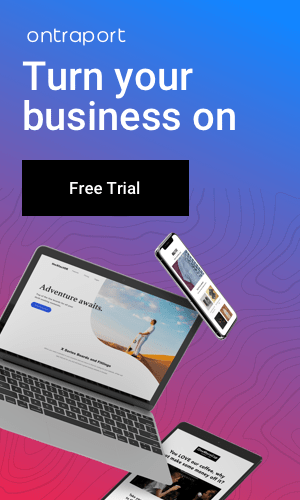Because the majority of consumers are now online and utilize digital channels to research items, make purchasing decisions, and engage with brands, digital marketing has become a vital component of modern organizations. Digital marketing refers to a variety of methods and tactics used to promote products, services, or brands online to attract and engage potential customers, boost sales, and raise brand awareness. Here’s a rundown of some of the most prevalent Internet marketing methods utilized in digital marketing:
Table of Contents
Sources and Recipients
Advertisers are often referred to as sources, while recipients of targeted advertisements are referred to as receivers. As McDonald’s did with shift workers and travelers, sources frequently target highly particular, well-defined receivers.
The corporation used digital marketing since it knew these customers used digital devices and accounted for a sizable portion of its late-night sales. McDonald’s urged people to download the Restaurant Finder app by targeting them with adverts displayed at ATMs, petrol stations, and websites frequented by its customers.
Channels of Digital Marketing
As previously stated, marketing was typically done through print (newspapers and magazines) and broadcast (TV and radio) advertisements. These channels are still in operation today. Digital marketing channels have and will continue to evolve. The eight most frequent digital outlets that businesses might use to increase their marketing efforts are listed below.
Digital Marketing Key Performance Indicators (KPIs)
It’s important to remember that digital marketers, like traditional marketers, employ key performance indicators (KPIs). KPIs are quantitative techniques for businesses to monitor long-term marketing performance and compare their efforts to competitors. Corporate plans, financial goals and successes, operational activities, and even marketing efforts are all areas of measurement.
Search Engine Optimization (SEO)
SEO is the practice of improving a website’s exposure on search engine results pages (SERPs). To make websites more search engine friendly, many strategies such as keyword research, on-page optimization, technical SEO, and link building are used. The goal is to rank higher on search engine results pages (SERPs), increase organic (non-paid) traffic, and bring targeted traffic to a website. SEO is a long-term approach that necessitates ongoing efforts to remain current with search engine algorithms and optimize web pages accordingly.
Pay-Per-Click (PPC) Advertising
PPC advertising entails placing online advertisements on search engines or social media platforms and only paying when users click on the advertisements. This enables firms to reach out to potential clients by targeting specific keywords, demographics, and regions. Google Ads, Facebook Ads, and Bing Ads are all popular platforms for PPC advertising. PPC advertising gives rapid results and precision targeting, making it a popular choice for firms seeking to increase immediate traffic and conversions.
Social Media Marketng
Social media marketing is the use of social media platforms like Facebook, Instagram, Twitter, LinkedIn, and others to advertise products or services, engage customers, and build brand awareness. Creating and managing social media profiles, producing interesting content, implementing social media campaigns, and analyzing social media data to optimize performance are all part of it. Social media marketing has the potential to be extremely effective in terms of reaching and engaging target audiences, developing brand loyalty, and generating website traffic.
Email Marketing
Sending targeted emails to a list of subscribers who have demonstrated an interest in a brand’s products or services is known as email marketing. It covers the creation and management of email lists, the design and distribution of emails, and the analysis of email performance data. Email marketing can be used for a variety of goals, including product promotion, lead nurturing, and customer loyalty. It is a low-cost method that allows for personalized engagement with clients, which aids in the development of connections and the generation of repeat business.
Content Marketing
Content marketing is the process of developing and sharing valuable and relevant material to attract and engage a certain audience. Blog entries, articles, videos, infographics, and other sorts of information are examples of this. The goal is to establish thought leadership, provide value to the audience, and cultivate trust, all of which can lead to greater brand awareness, website traffic, and customer loyalty. To resonate with the target audience, content marketing is a long-term strategy that necessitates the continual creation and distribution of high-quality material.
Influencer Marketing
Influencer marketing entails collaborating with social media influencers or popular persons who have a significant and engaged following. The influencer promotes the products or services of a brand to their audience, frequently through sponsored content, reviews, or endorsements. Influencer marketing can assist in reaching a larger audience, establishing a reputation, and increasing brand exposure. However, maintaining audience trust involves a careful selection of influencers who connect with the brand’s values and target demographic, as well as upfront disclosure of sponsored content.
Website Optimization
Website optimization entails increasing a website’s performance, user experience, and conversion rate. This can include improving website speed, navigation, design, and user interface, as well as adopting conversion rate optimization (CRO) strategies like A/B testing, heat mapping, and user feedback analysis to improve website performance and drive more conversions. A well-optimized website is critical for offering a consistent user experience, increasing search engine ranks, and increasing conversions.



